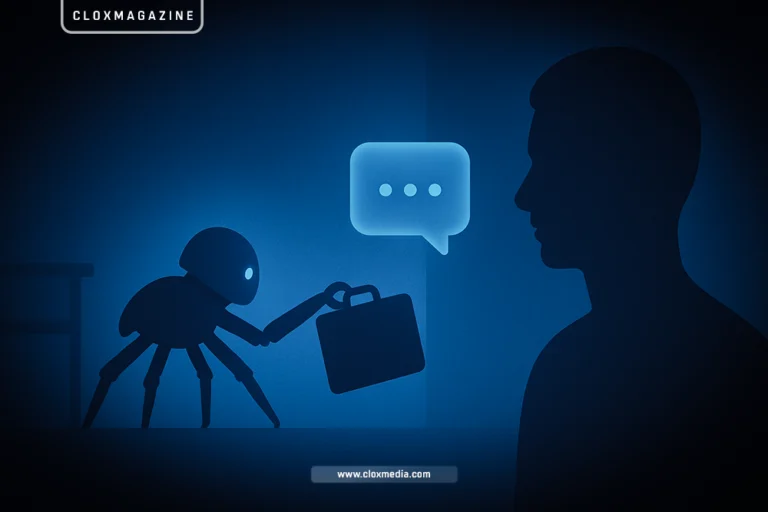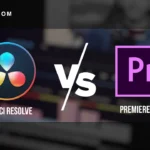It seems that the future of video editing will become much more simple, creative, and smooth, thanks to new tools with advanced AI tech. A lot of people who work with videos, whether they are professionals making big movies or just regular folks editing short clips, will likely find their work changing in a few interesting ways.
For a long time, video editors have worked with manual cutting, color adjustments, and special effects that often take many hours or days. AI is starting to do a lot of that by itself. Think about a system that studies your raw footage and figures out the best way to piece it all together. Instead of you spending hours picking the right shots, the AI might just do it in minutes, suggesting certain moments, sorting them based on mood or topic, and even picking the background music that fits the vibe you want.
One of the coolest parts of AI-driven editing will be how it can handle all the tiny details. For example, imagine something that can spot shaky footage and fix it at once, or remove background noise from audio tracks with almost no effort. These are tasks that used to mean spending more time fiddling with settings or trying different filters. With future AI tools, it’s likely to happen much faster and more accurately.
Color correction, a part of editing that used to require a special eye or even a separate professional, could also improve. AI might study each frame and give you color styles that look so natural you won’t need to keep tweaking them. It could even match the look of your footage to a reference image. That means if you like the colors from a certain film or a well-known TV show, you might just tell the AI, “Make it look like that,” and it will do the rest.
All Ads on this website are served by GOOGLE
We will probably also see an easier time dealing with visual effects. In the past, adding realistic effects or animations required a lot of skill and time. People had to learn complex software and work on each frame with care. With future AI, you could just say, “Put a dragon in this scene,” and the system would figure out how to blend that dragon into your footage so well that nobody would guess it’s fake. The same could apply to adding cars on a road, changing the weather, or placing people in new locations. Editing will feel like telling a story directly to the machine, without worrying so much about the complicated steps in between.
Titles and text are other places we might see big changes. Instead of searching through menus to find the perfect font, size, or position, you might just say, “Make the title bold, at the bottom right corner, and give it a slightly warm color,” and the editing software will understand and produce it. If you don’t like it, you just say what you want changed, and the AI tries again. The same goes for transitions between shots. Instead of testing 10 different transitions, you might simply say, “Give me something smooth and subtle,” and it will pick something that fits.
Voice commands and natural language instructions might become standard. By talking directly to the editing software, you’ll be guiding it almost like you guide a human assistant. This might reduce the need for complicated timelines, panels, and controls. People with less technical skill, who might have felt intimidated by video editing in the past, could step right in and create something high-quality much faster.
Another thing to look forward to might be the software’s ability to learn your style as you keep using it. Just as streaming apps learn what shows you like to watch, future editing tools could get a sense of how you like to cut footage, what colors you prefer, the music style you lean toward, or what kind of fonts and transitions you use a lot. Over time, it might start making suggestions that are very close to what you would do yourself, speeding up the workflow even more.
AI might also simplify organizing huge amounts of footage. Documentaries, for example, often have hours of raw clips that must be sorted before editing can even start. AI could quickly identify what’s happening in each clip, tag them with words that describe the scenes, and help you find exactly what you need in seconds. If you’re making a travel video and you want shots of old buildings, you could just type, “Show me all shots with old buildings,” and the software will present them. This step alone might save a lot of time.
Of course, as with any new technology, there could be concerns. Some people might worry that editing software will become too automated and that the personal touch of human creativity will shrink. But it’s more likely that AI will serve as a handy helper, handling the boring parts while giving humans more room to bring their own ideas. Creativity is still something that belongs to people, and the best editors will still stand out because they know what viewers want to feel and see.
It’s also worth thinking about who this will help. Professional editors will get the tools to focus more on telling a story instead of spending hours on small details. Smaller creators, like YouTubers or social media folks, will be able to raise the quality of their content without spending days learning complicated tricks. Even people who never thought they would edit a video might step in and find it simple and fun.
The future of AI-powered editing will probably feel like having a friendly assistant who understands what you want and takes care of the technical work. Video making could become more about creativity and ideas, and less about spending lots of time waiting for files to render or messing with complicated timelines. Instead, you’ll say what you want, the machine will do most of the heavy lifting, and you’ll fine-tune the final result.
As these tools keep growing and improving, we might see new forms of storytelling that we haven’t even imagined yet. People might start creating interactive videos that adjust content for different viewers, or movies that update themselves based on real-time feedback. The barriers to making high-quality video content will likely drop, letting more voices be heard and more stories be told.
This period might not be about replacing human editors, but giving them new ways to work. It could feel like getting a better toolbox with more helpful tools. With AI around, creating a video might no longer require years of learning technical steps. Instead, it might be as direct as sharing your idea and shaping it with just your words and a few clicks. Humans and AI working side by side could open up a future where almost anyone can be a storyteller.
CLOXMAGAZINE, founded by CLOXMEDIA in the UK in 2022, is dedicated to empowering tech developers through comprehensive coverage of technology and AI. It delivers authoritative news, industry analysis, and practical insights on emerging tools, trends, and breakthroughs, keeping its readers at the forefront of innovation.









